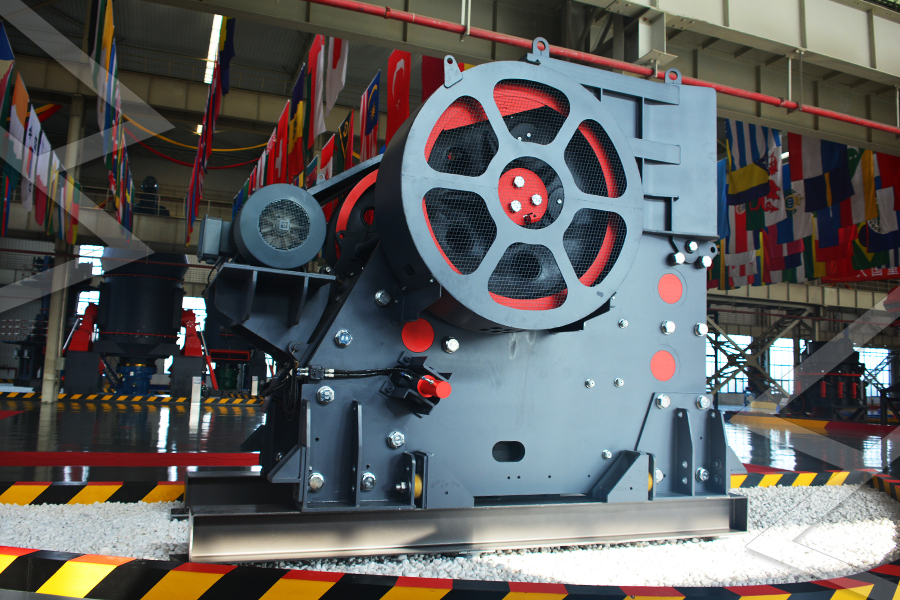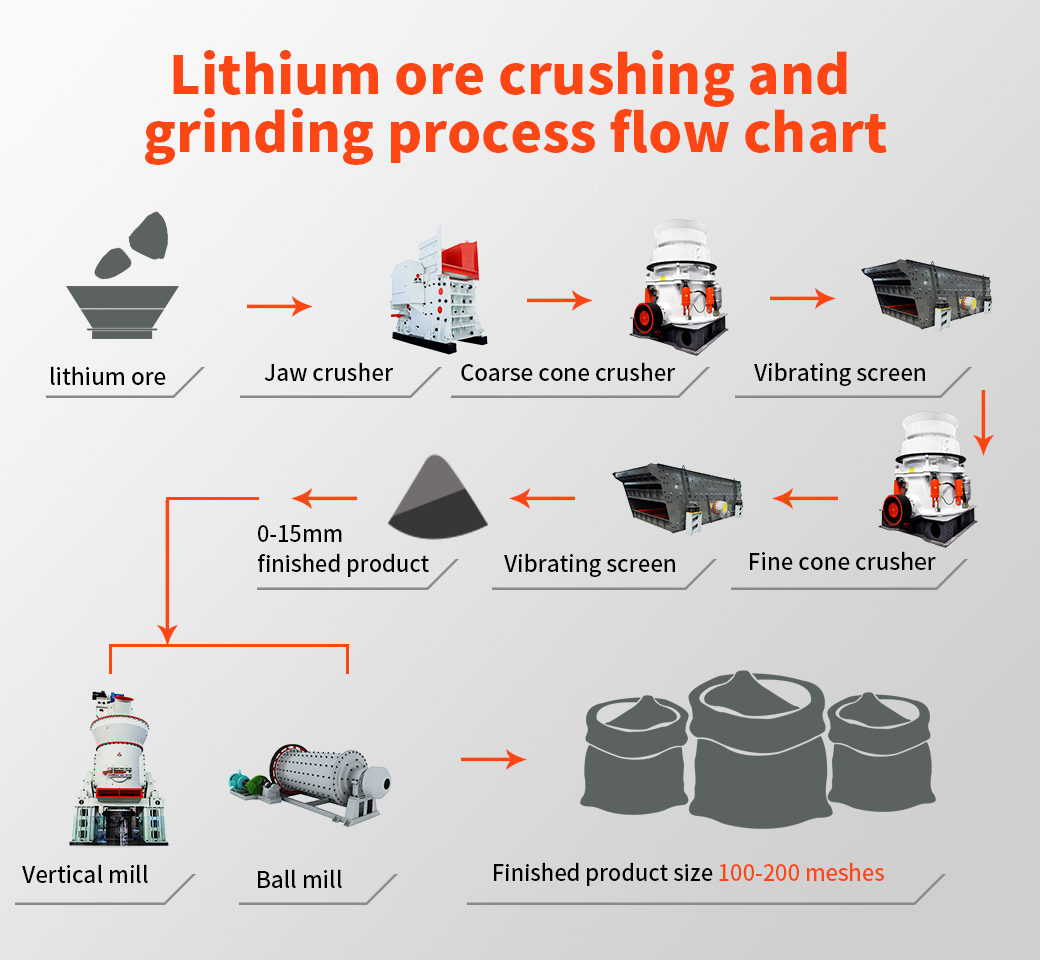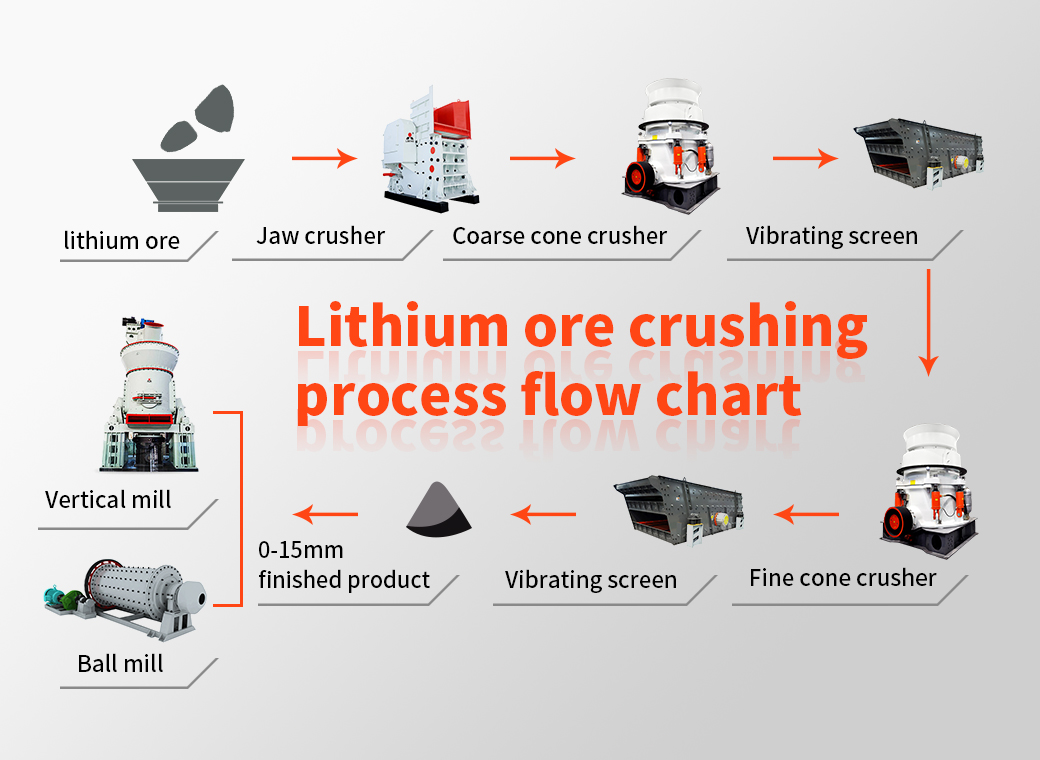Best Practices for Maintaining High Output from a Primary Jaw Crusher
When it comes to maintaining a high output from a primary jaw crusher in aluminum mining operations, there are several best practices that can ensure optimal performance and productivity.
One important practice is regular inspection and maintenance of the jaw crusher components. This includes checking for wear and tear, lubricating moving parts, and replacing any damaged or worn-out parts promptly. By keeping the crusher in top condition, you can minimize downtime and maximize output.

Best Practices for Maintaining High Output from a Primary Jaw Crusher
Another key practice is proper feeding of the crusher. It’s crucial to feed the material evenly and at a consistent rate to prevent overloading or underfeeding. This not only helps maintain high output but also extends the lifespan of the crusher.
Controlling the CSS (closed side setting) is also vital for maximizing output. The CSS determines the size of the crushed material, so adjusting it according to specific requirements can significantly impact production rates.
Additionally, monitoring and optimizing operating parameters like speed, motor power draw, and crushing chamber design can contribute to maintaining high output levels.
Regularly analyzing data from sensors installed on the crusher can provide valuable insights into its performance and help identify potential issues before they lead to reduced output.
By implementing these best practices for maintaining high output from a primary jaw crusher in aluminum mining operations, operators can ensure efficient operation while achieving maximum productivity without compromising on quality or safety.



 Spodumene: According to the hard rock crushing process, the crushed product is generally 5-40mm, combined with different design requirements of customers, two-end or three-stage crushing, high-grade crushed products (above 4-5%) can be directly used in the metallurgical process to produce lithium carbonate Or lithium hydroxide, the particle size of the finished product is generally around 20-40mm; low-grade generally requires ball mill grinding and separation, and the particle size of the finished product is generally around 5-20mm;
Spodumene: According to the hard rock crushing process, the crushed product is generally 5-40mm, combined with different design requirements of customers, two-end or three-stage crushing, high-grade crushed products (above 4-5%) can be directly used in the metallurgical process to produce lithium carbonate Or lithium hydroxide, the particle size of the finished product is generally around 20-40mm; low-grade generally requires ball mill grinding and separation, and the particle size of the finished product is generally around 5-20mm;
